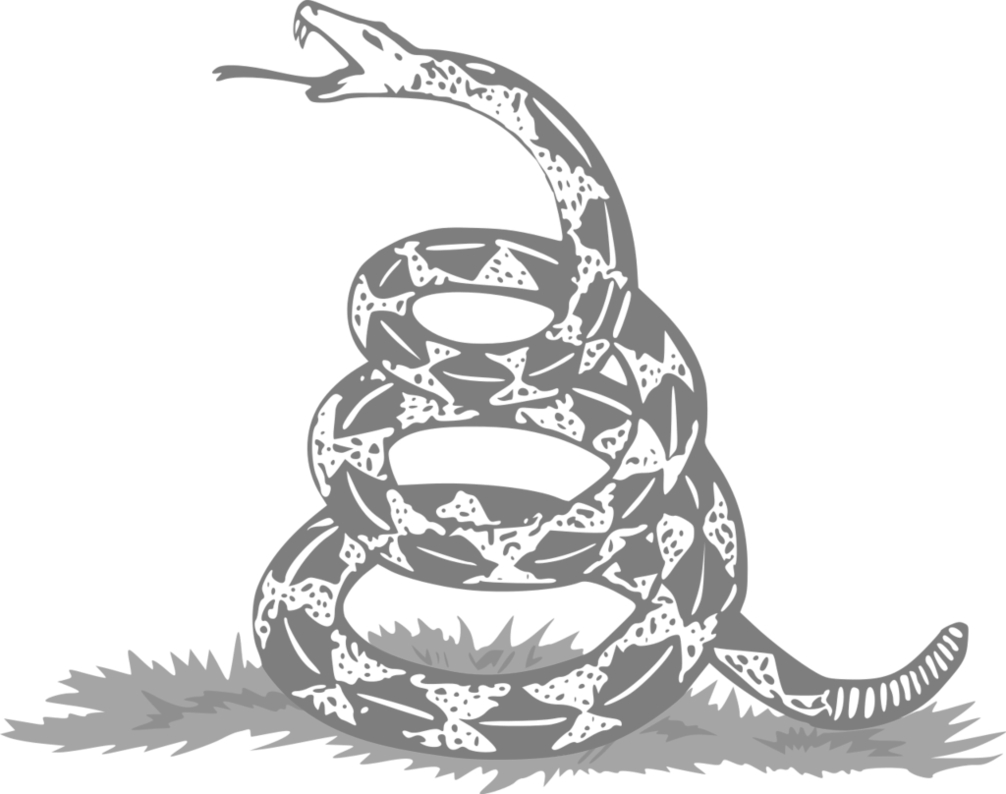Reverse straw man: Difference between revisions
No edit summary |
No edit summary |
||
| Line 1: | Line 1: | ||
The [[reverse straw man]] fallacy | The [[reverse straw man]] fallacy is the opposite of the [[straw man fallacy]]. | ||
Consider two propositions: | |||
* A, which is hard to attack ; | |||
* B, which is easy to attack. | |||
Whereas the straw man fallacy consists in ''attacking'' proposition A by attacking instead proposition B, the reverse straw man consists in ''defending'' proposition B by defending proposition A. | |||
It's a form of [[non sequitur]]: accepting A would imply to accept B, or a form of [https://en.wikipedia.org/wiki/Equivocation equivocation]. | |||
Dans sa forme extrême ([[sophisme de l’antonyme]]), la proposition B est le contraire exact de A, se rapprochant ainsi du sophisme du [[rasoir de Schrödinger]]. L’homme de paille inversé consiste alors à faire accepter une proposition en argumentant en faveur de son contraire, en jouant sur les définitions, utilisant des définitions [[anti-concept]]uelles intermédiaires ([[définition par traits secondaires]]), voire des [[intellectual package dealing]]s. | Dans sa forme extrême ([[sophisme de l’antonyme]]), la proposition B est le contraire exact de A, se rapprochant ainsi du sophisme du [[rasoir de Schrödinger]]. L’homme de paille inversé consiste alors à faire accepter une proposition en argumentant en faveur de son contraire, en jouant sur les définitions, utilisant des définitions [[anti-concept]]uelles intermédiaires ([[définition par traits secondaires]]), voire des [[intellectual package dealing]]s. | ||
Revision as of 01:48, 20 April 2018
The reverse straw man fallacy is the opposite of the straw man fallacy. Consider two propositions:
- A, which is hard to attack ;
- B, which is easy to attack.
Whereas the straw man fallacy consists in attacking proposition A by attacking instead proposition B, the reverse straw man consists in defending proposition B by defending proposition A.
It's a form of non sequitur: accepting A would imply to accept B, or a form of equivocation.
Dans sa forme extrême (sophisme de l’antonyme), la proposition B est le contraire exact de A, se rapprochant ainsi du sophisme du rasoir de Schrödinger. L’homme de paille inversé consiste alors à faire accepter une proposition en argumentant en faveur de son contraire, en jouant sur les définitions, utilisant des définitions anti-conceptuelles intermédiaires (définition par traits secondaires), voire des intellectual package dealings.
Exemples
barking cat
borders
examples
